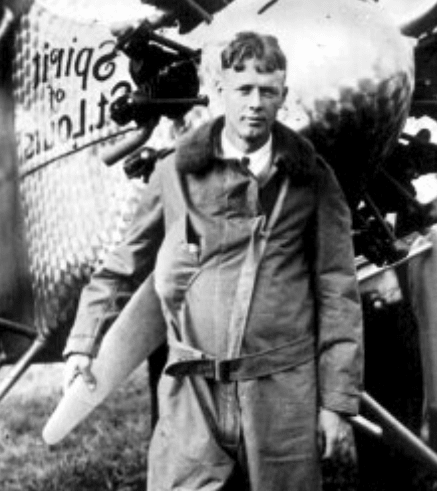1929: Charles Lindbergh lands in Mexico City
It was on March 9, 1929, that the first Ford trimotor, bearing the name Mexico, landed at Balbuena Military Field. Coming from Brownsville, Texas, the first pilot was Charles A. Lindbergh.

On March 9, 1929, the first Ford trimotor, bearing the name Mexico, landed at Balbuena Military Field. Coming from Brownsville, Texas, the first pilot was Charles A. Lindbergh, who was accompanied by his mother and Bill Stout, designer of that model of airplane, a commercial monoplane built entirely of metal.
The Mexico-Ciudad Juárez route was inaugurated on August 17, 1929 by the Corporación Aeronáutica de Transportes (CAT), one of the most efficient companies of the time.
The fastest airplanes are then known were used on this route, the Lockheed Vega, one of whose exponents had become famous as the Willey Post's Winne Mae. By the end of 1929, the concessions granted to individuals reached 17. The Balbuena field began to be insufficient and inadequate to handle the growing number of airplanes and passengers arriving there.
For this reason, the Government planned and put out to tender the construction of a central airport for Mexico City. In the following year, five more concessions were issued in favor of Eduardo Meade, Gonzalo Abaunza, Bartolo Rodríguez, and Luis R. Arce, and by 1933 there were already 25 concessions granted. It was in 1934 when the company Aeronaves de México acquired its first airplane to provide air transportation service between Mexico and Acapulco.
Between 1934 and 1951, 131 more concessions were granted, both to individuals and to new and established companies. Many of the concessionaires did not serve the routes they were granted. Several withdrew from the business and some sold their companies or merged with others. CAT, for example, disappeared as such, and some of its routes were replaced by Aerovías Centrales.
The so-called Líneas Aéreas Occidentales Mexicanas eventually merged with Aeronaves de México. In 1934, Francisco Bush de Parada founded Aeronáutica del Sur, which later became Comunicaciones Aéreas de Veracruz, and Carlos Pani organized a company that would be transferred to Ricardo Pani, who called it Aerovías Reforma.




